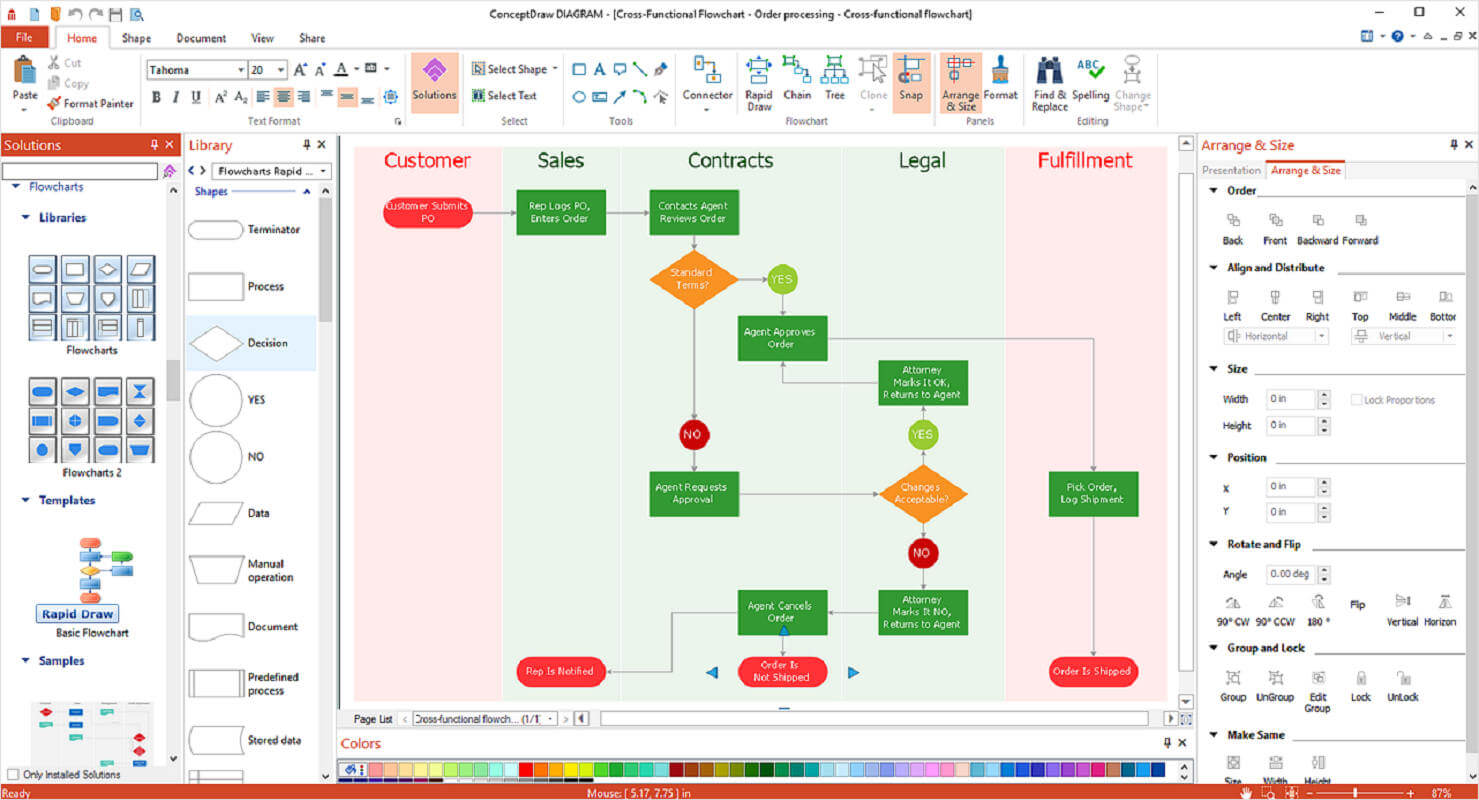
UML diagram types that specializes in:Ĭacoo gives a great diagramming experience to a wide variety of users. If you seek a drag-and-drop UML solution, draw.io costs a bit less than Lucidchart and offers the same ease-of-use for general users.

works well for a wide variety of tasks, but may not have enough specialized functions for some users. io) offers a simple drag-and-drop interface for flowcharts and graphs, but also works for UML as well. And Gleek.io has syntax help available right in the diagramming window should you get stuck.ĭ (formerly draw. Because Gleek.io relies on keyboard commands, developers work faster than they do with drag and drop diagramming programs. As power users and developers know, using the keyboard proves much faster than using a mouse. Teams also use Gleek.io to create org charts, flowcharts, mind maps and many other diagrams. Gleek.io creates several types of UML diagrams: sequence diagrams, class diagrams, and object diagrams. UML diagram types where lucidchart shines: Lucidchart article to get a more in-depth look at the app’s functionality. Lucidchart has fans among less-technical development team members because of its easy drag-and-drop user interface. Lucidchart handles anything from complex system diagrams to mind maps. Lucidchart integrates with Confluence, and also with MS Team, Slack and G Suite.
#Best uml editor code
Lucidchart works in real time across many platforms thanks to its code being HTML 5-based. Many developer’s go-to diagramming tool, Lucidchart provides a suite of simple tools.


#Best uml editor software
What is the best software for UML diagrams? 1. Good architecture will never go out of style, this is why UML is still relevant nearly 25 years after its inception. UML allows teams to visualize projects that scale easily. UML works perfectly to chart out large enterprise applications. Miro’s whiteboard tool is the perfect canvas to create and share your UML diagram.As you see, UML provides developers with many types of diagrams to map out their projects. In this example, we can see an online store transaction, starting with the online store login step at the top of the diagram and then developing into the possible routes the customer can take, either adding a product to the shopping cart or searching for items and ordering them. The UML diagram example in Miro’s template belongs to the class diagram category, showing a static structure and the actors involved. There are many UML diagrams that you can use to map out systems and model and document software. In contrast, the behavioral UML diagram examples show the dynamic behavior between objects in the system, which can also be described as changes to the system. The structural UML diagrams show the static structure of the systems. There are 14 different types of UML diagrams, and they are divided into two categories: Use notes or colors to draw attention to essential features. Try to keep descriptions as short as possible.įirst, arrange all diagram elements on the page and then draw the relationship lines. When deciding which type of UML diagram best fits your needs, start by choosing your target audience.įor example, executives are probably only interested in the big picture, while developers need as much detail as possible. UML diagrams are an effective tool that can help you bring various stakeholders up to speed, create documentation, organize your workplace and team, and streamline your projects. They have become a popular way to model business processes or workflows. You can use UML diagrams to model software development by helping design and analyze the software, besides guiding development and team prioritization. Initially used by software engineers, the UML diagrams became quite popular in other industries too, exactly because they allow teams to standardize the design of a system. They allow your team to view the relationships between systems and tasks easily. Like flowcharts, UML diagrams can provide your organization with a standardized method of mapping out step-by-step processes. Other UML diagram types are Use Case Diagram, Sequence Diagram, and Activity Diagrams.Īdvantages of using a UML Diagram Template Both software engineers and business managers use this diagram to model different interactions involved within a process. The Class Diagram is the most commonly used, where you can map structures of a system displaying various classes, attributes, operations, and relationships between objects. Keep reading to learn more about different types of UML diagrams. Professionals from various sectors use this methodology to model business processes and workflows with the help of the UML diagram. UML, which stands for Unified Modeling Language, was initially used as a modeling language in software engineering, but has been adopted as a more widely used approach to diagramming application structures, modeling, and documenting software.

UML diagrams allow you to map out step-by-step processes and visualize software systems.


 0 kommentar(er)
0 kommentar(er)
